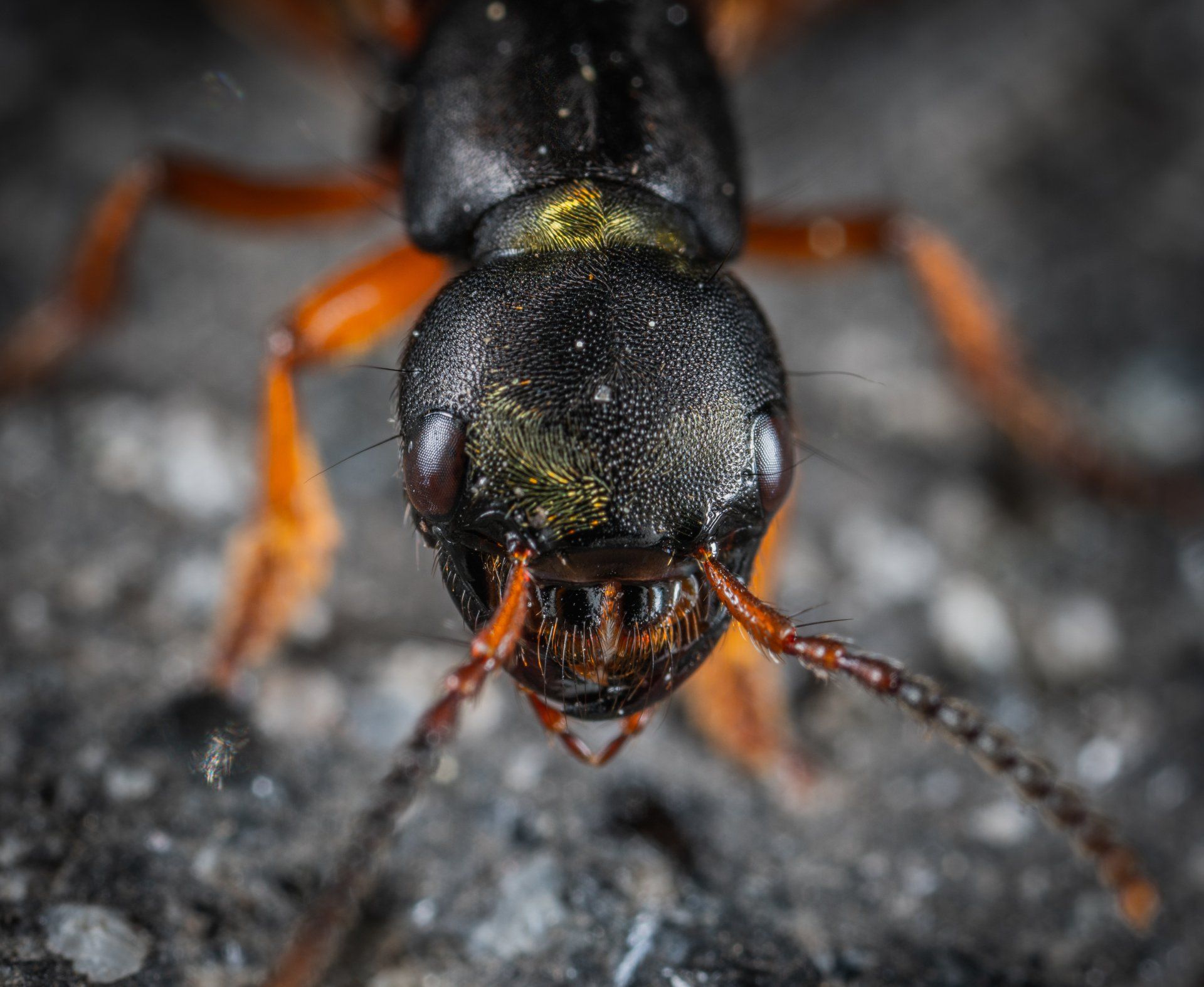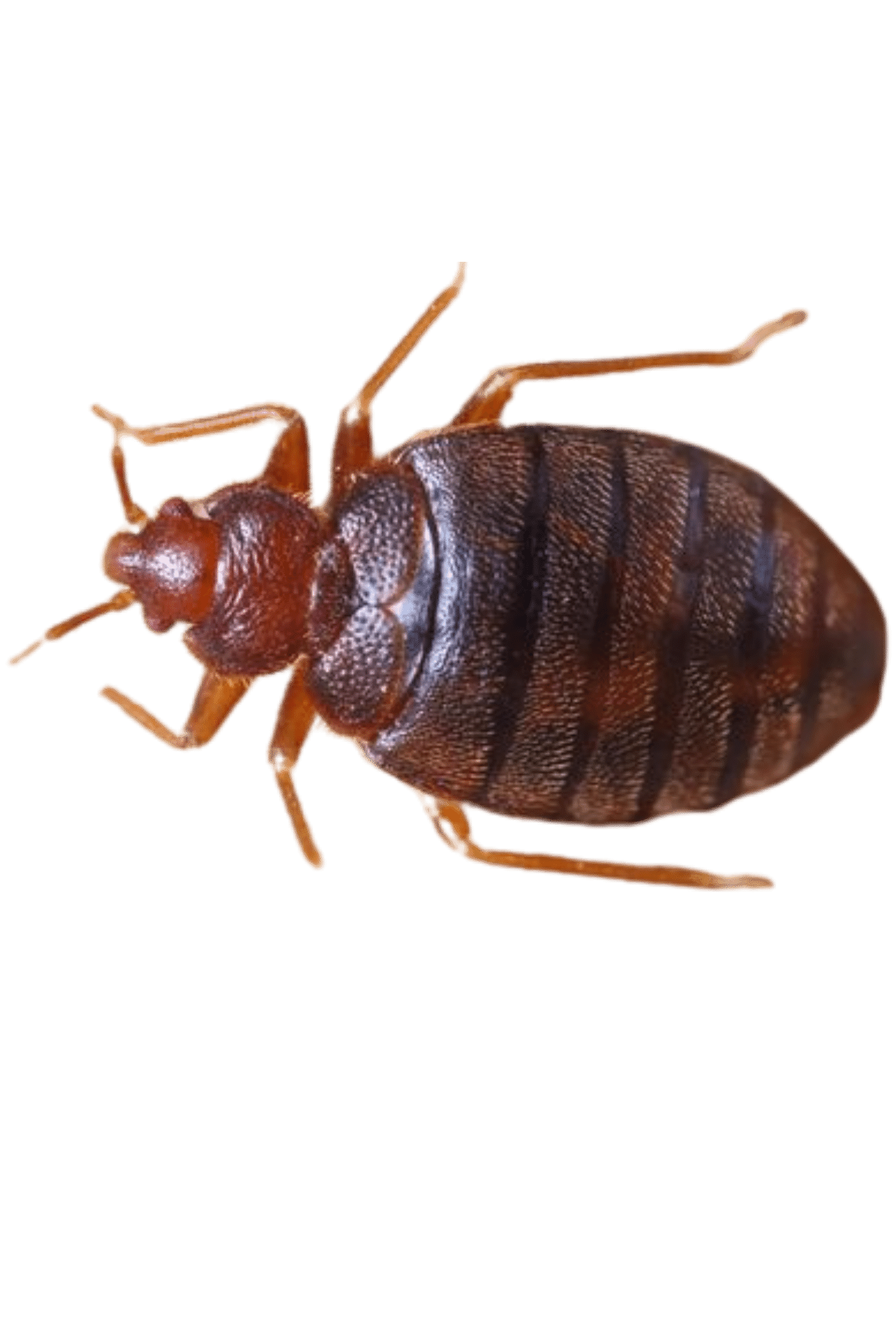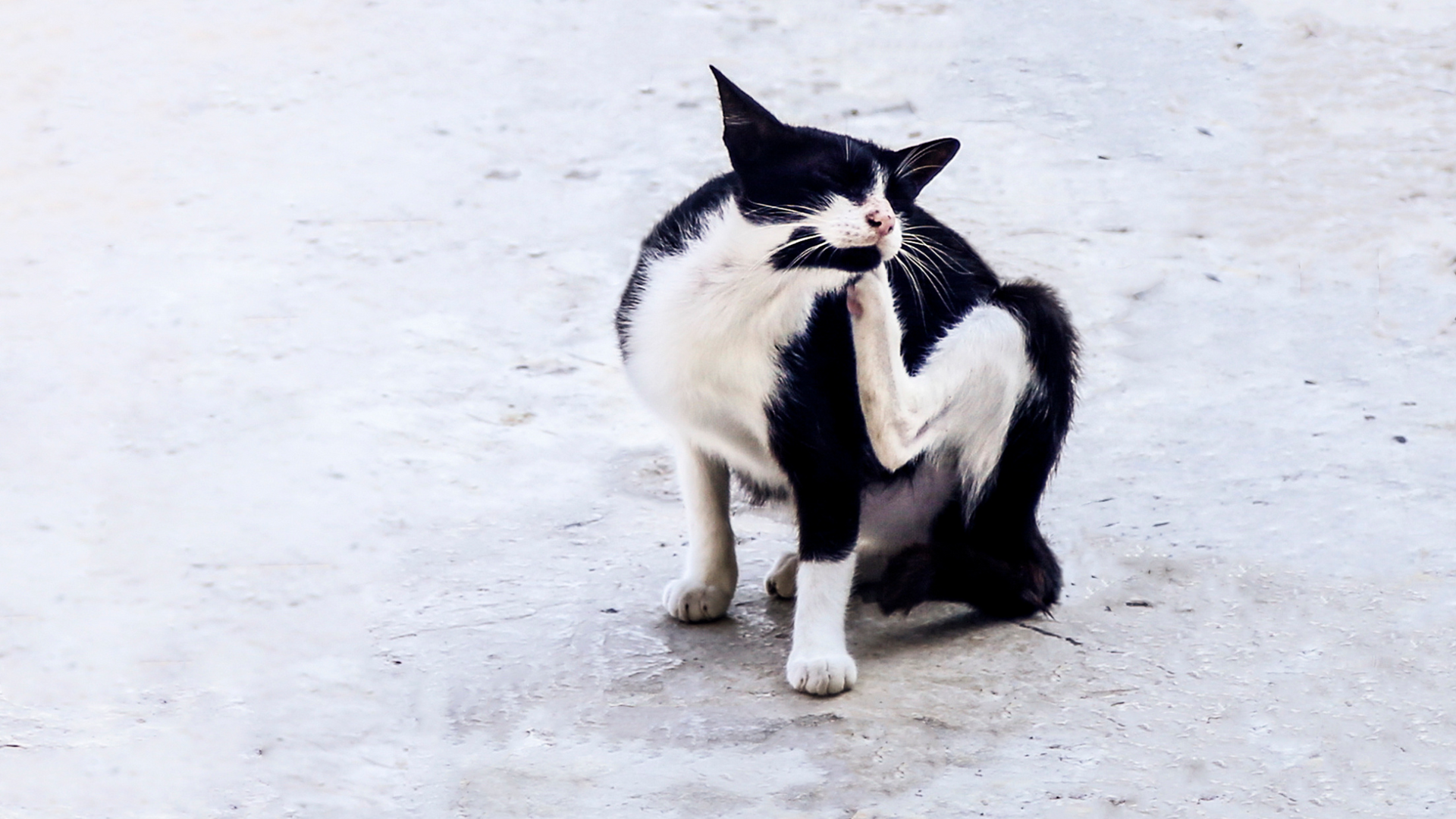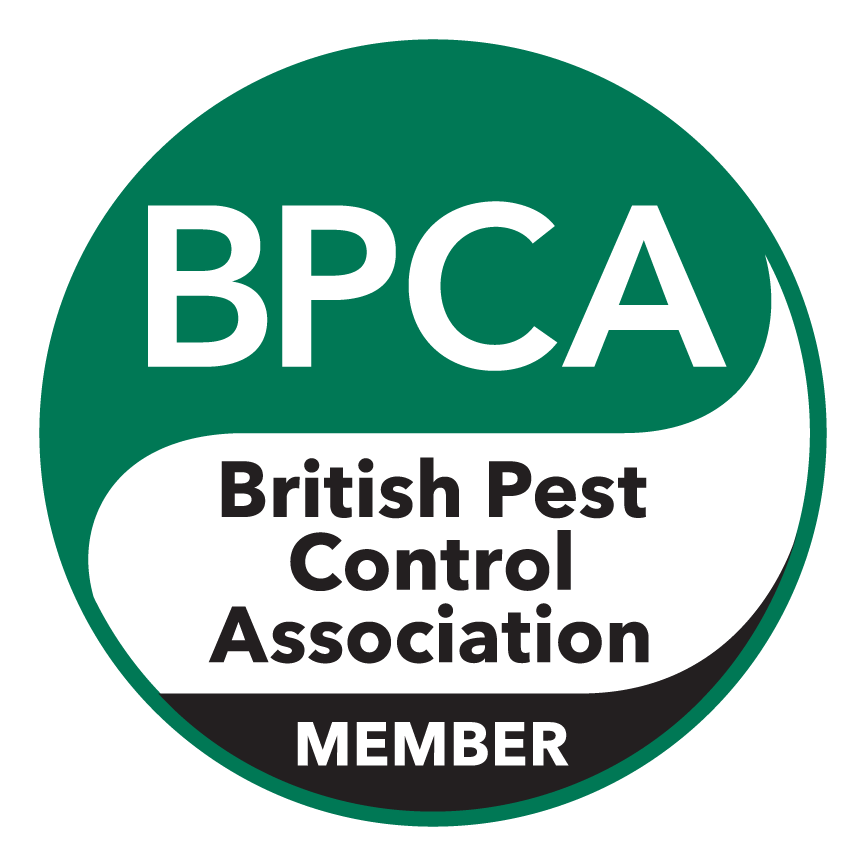Pigeons as pests
Pigeons as Pests
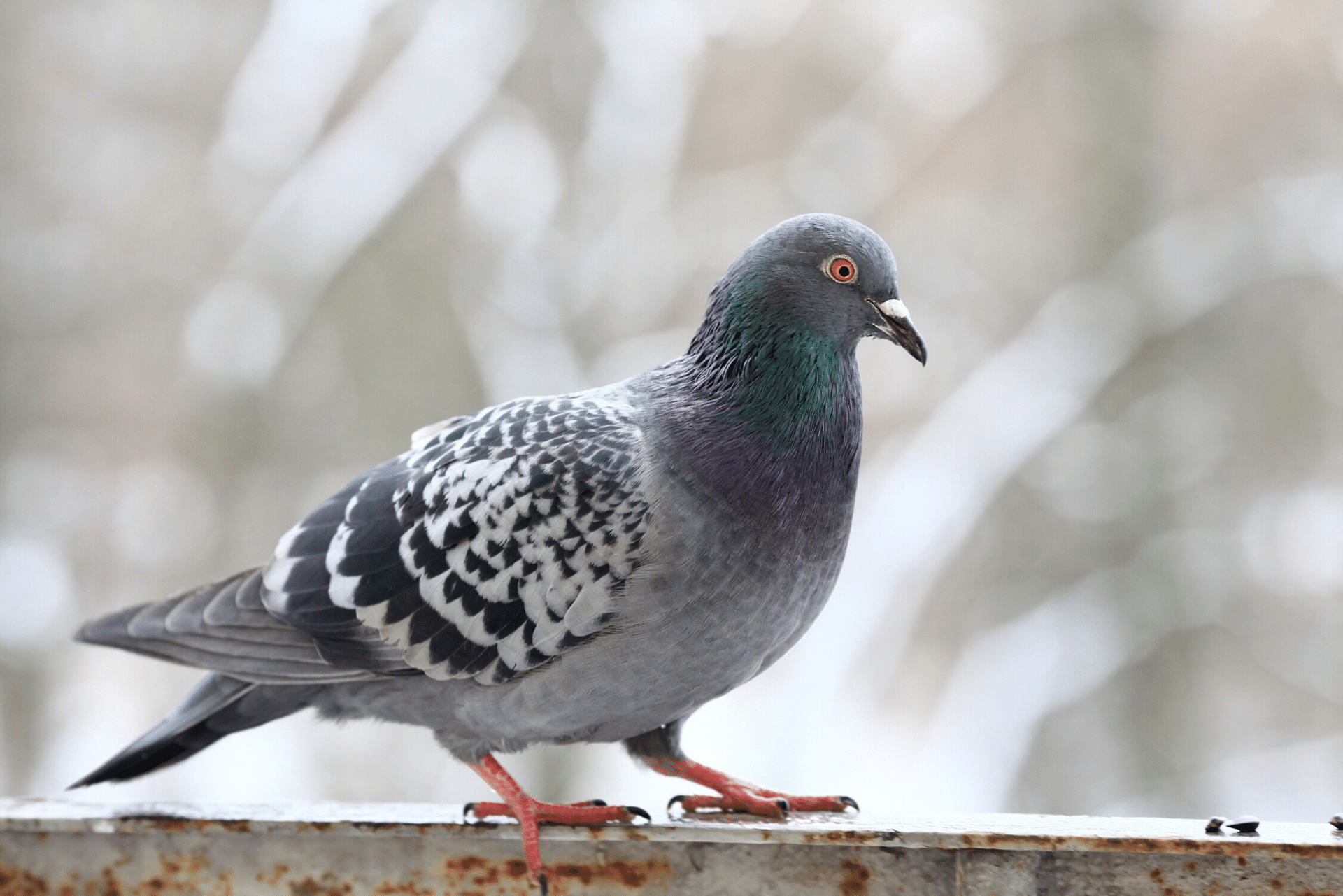
Pigeons can be considered pests in some situations because they can cause damage to buildings and other structures, and their droppings can be unsanitary. In urban areas, pigeons often congregate in large numbers on roofs, ledges, and other elevated surfaces, where they may build nests and roost. Their droppings can accumulate in large quantities and create a mess, as well as pose a health risk due to the presence of bacteria and other pathogens. In addition, pigeons may damage buildings by pecking at wood, rubber, and other materials, and their nests can clog gutters and drainpipes, leading to water damage.
Several measures can be taken to control pigeon populations and reduce the impact of these birds on buildings and other structures. These may include:
Physical barriers: Installing physical barriers, such as netting, wire mesh, or plastic spikes, can deter pigeons from roosting on ledges, roofs, and other surfaces.
Repellents: There are several commercial repellents available that can be used to deter pigeons, such as visual repellents that use reflective tape or other materials to scare the birds away, or chemical repellents that release a scent that is unpleasant to pigeons.
Habitat modification: Removing sources of food and water, such as spilt grain or standing water, can discourage pigeons from congregating in an area.
Trapping and removal: In some cases, it may be necessary to trap and remove pigeons from an area. This should be done by a professional pest control company, as it is illegal to harm or kill pigeons in many jurisdictions.
It is important to note that pigeon control measures should be implemented humanely and ethically, and should be designed to minimize any negative impacts on the birds and the environment.

